Just as a top-performing car requires a powerful engine to operate at its peak, a successful soccer team needs a strong midfield to excel on the field.
The role of a midfielder in soccer is quite simple: be the team’s driving force. If you look at any of the best teams in soccer history, they all have elite players steering the team from the midfield.
The midfielders control the tempo and help a team maintain possession. They are the conductors of the soccer orchestra in its prettiest form.
In this article, we will discuss how to play midfield in soccer and give you soccer midfield tips and tricks to improve your performance in the middle of the field.
What is a Midfielder in Soccer?
A midfielder in soccer is someone who plays between the attackers and the defense in a formation. Coaches use several different soccer midfield tactics that affect the number of midfielders in a formation.
Most of the time, a team will play with three or four midfielders on the field at one time.
There are three different roles of midfielders in soccer – central midfielders, attacking midfielders, and defensive midfielders.
The center midfielders are the utility players who run the most in any given game and are expected to help on both sides of the field.
The attacking midfielders focus more on supporting the attack but are required to help on defense.
The defensive midfielders mainly stay back and help on defense but are asked to provide support to help maintain attacks.
5 Key Soccer Midfielder Attributes
Dribbling
A midfielder must be able to hold onto possession of the ball, so dribbling and good touch is a must.
The easiest way to lose the ball in the midfield is a poor dribble that gets too far away from your foot, so make sure you can control the ball well with your feet.
Passing
The midfielders are the literal link between the defense and offense, so being good at passing helps the attack.
Midfielders more than any other position need to be accurate with every type of pass from the simple passes a few feet away to longer passes to the wing or to forwards further up the field.
Communication
So often, you see a midfielder wear the captain’s armband because they are the ones who are asked to be a coach on the field.
They need to be able to communicate clearly with their teammates on the attack and defense about how much time and space they have.
They also have to be able to communicate changes to formation to the other 10 players on the field.
Vision
When you’re playing in the midfield, you must be able to see the whole field. It not only helps with determining where to pass the ball, but you can also help direct the attack and your teammates to utilize open space.
Midfielders often have the best view of the field from their positions, so they need to make adjustments based on what they see.
Fitness
No player is asked to work harder all over the field than a midfielder in soccer.
They are supporting the attack and moving into the attacking third one minute, and then they need to hustle back to help the defense in the defensive third.
The average midfielder runs about seven or eight miles per game with some even approaching 10 miles, which makes fitness a must for any good midfielder.
Tips to be a Good Midfielder
Develop Excellent Ball Control and Dribbling Skills
The unfortunate part of playing in the midfield is that most of what you will do will be unremarkable.
Only the true experts of the game will notice how well you control the ball and maintain possession.
However, if you don’t have a great touch on the ball or if you struggle to go around defenders by dribbling, that will be noticeable.
The teams that win most often are the ones with the midfielders who have better ball control and better dribbling.
Be a Great Passer
As the bridge between the defense and the offense, the midfielders are going to have the ball quite a bit.
They are the ones who will need to decide if they need to make a pass back to maintain possession or try to find an attacker further up the field.
Poor passing is one of the easiest ways to gift your opponent an advantage, so a midfielder needs to be a strong passer to help keep his team in a good position.
Develop Your Defensive Skills
The midfielders are the first line of defense against most attacks, so midfielders need to know how to defend well.
You won’t be expected to have the tackling skills or marking skills of defenders, but a defensive liability in the midfield will be exposed pretty easily.
If nothing else, a great midfielder can keep themselves between the ball and the goal, but the better defenders also have more leeway from the coaches.
Improve Your Fitness and Endurance
No one is going to run as much on the field as midfielders, which means they are often the most fit players on a team.
Most great players can run like a midfielder for an hour or so, but those last 30 minutes are when fitness and endurance are the most important.
As other teams tire, you need to be able to maintain your level of play, which requires working extensively on your endurance.
Be a Team Player
A central midfielder is many times the captain of the team because they provide a lot of leadership on the field.
The best midfielders are oftentimes also considered great teammates because of how much they can do on the field to support the other 10 players.
The position is designed to support the two halves of the field, and midfielders are asked to do the little things that help teams win. The best midfielders know when to be selfless and sacrifice to help the team win.
Best Soccer Midfielders of All Time
Zinedine Zidane
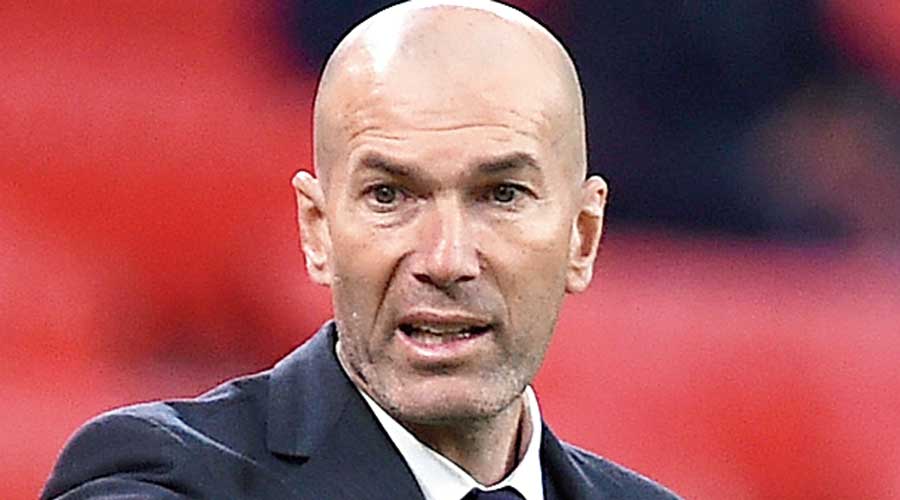
You can make a strong argument that no one has ever played the midfield position better than Zinedine Zidane. The Frenchman was as dominant as anyone has been on the field with the ball at his feet.
He didn’t score a lot of goals and he wasn’t a traditional playmaker, either, but what set Zidane apart was his ability to control the game from his spot in the central midfield and make everyone around him better.
His vision was his biggest strength and the main reason one journalist wrote he was “blessed with such grace and supernatural awareness that he could play a game of real-life Pac-Man and never be caught.”
In an era where possessing the ball mattered, no one did a better job at making sure his team retained possession than Zidane.
Johan Cruyff
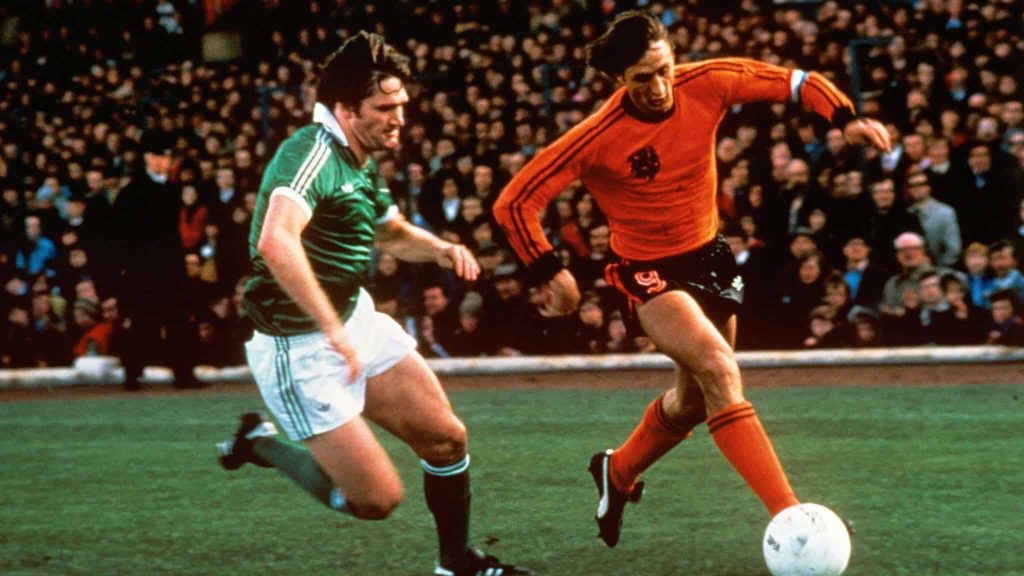
Johan Cruyff was a literal game-changer during his storied career on the field as a player. The Dutch concept of “Total Football” in the 1970’s was all based on Cruyff and his abilities.
Total Football is a position-less system where every player is asked to replace another player to keep the structure the same. And no one did that better than Cruyff during his career, leading the Dutch and Ajax to great success.
In the modern era, Cruyff is known for his playmaking ability and for being a prolific goal scorer.
However, as sensational as he was as an attacker, he was equally as good when asked to play more from the back during the build-up.
He was the perfect blend of finisher and playmaker that made the Dutch tick, and his style was paramount in teaching a whole new generation of soccer players how to play the beautiful game.
Ronaldinho
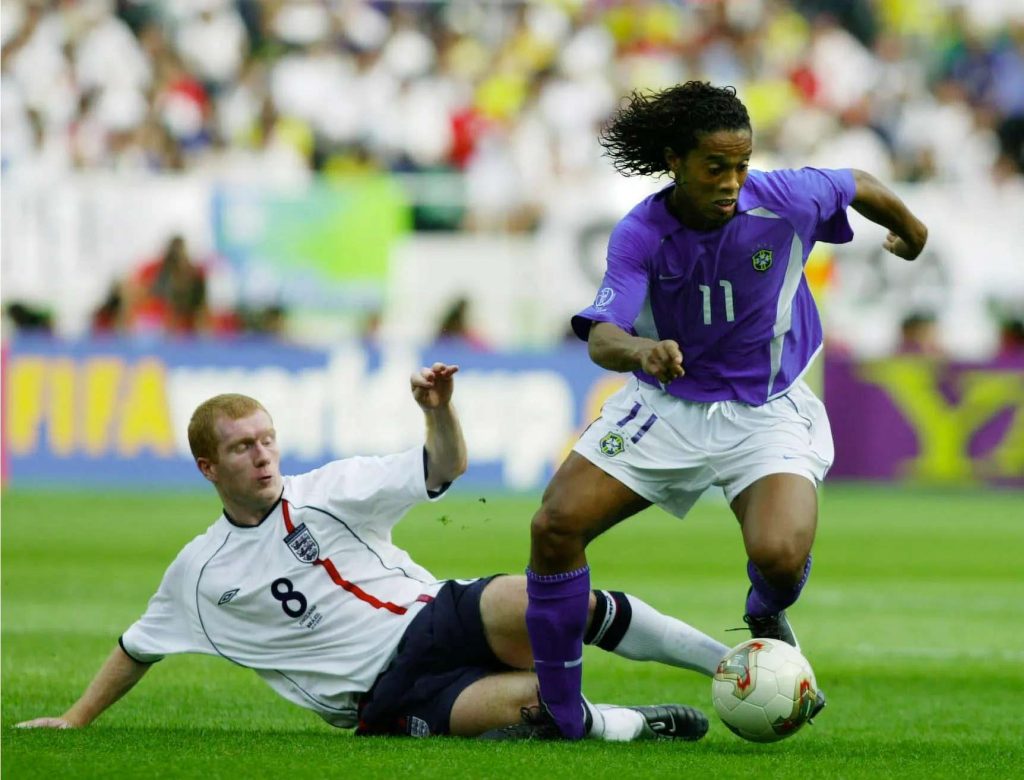
One of the greatest playmakers of the early 2000s, Ronaldinho was a maestro with the ball at his feet. He was normally a more attack-minded midfielder with unrivaled dribbling and passing skills.
Many people also underrated Ronaldinho’s shot, which made him even more dangerous all over the field for his club, Barcelona.
Those who played against the Brazilian midfielder could not help but heap praise on him.
One rival said Ronaldinho “made his opponents look like children,” and another called him “a rare case of an assist man who can provide the ball from anywhere.” For younger players, Ronaldinho is a fantastic example of a true attacking midfielder at his best.
Xavi
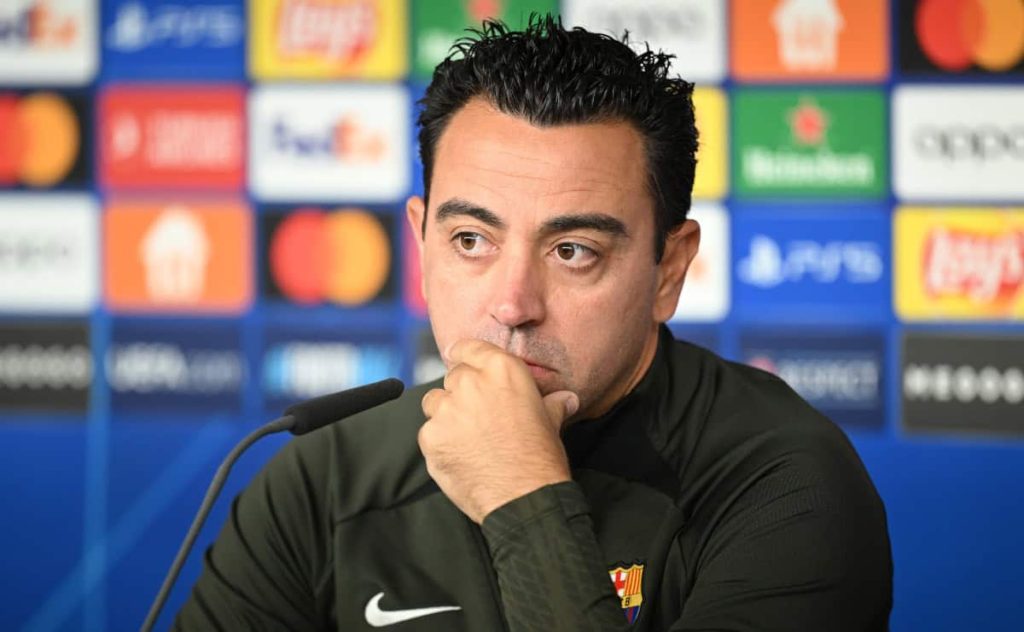
The main reason Spain won the 2010 World Cup was having Xavi in the middle of its formation to perfect the “tiki-taka” concept.
He wasn’t going to be the player who scored most goals, nor did he make many of those final passes to earn assists.
Rather, he was nicknamed “The Puppet Master” because he pulled the strings with his pinpoint passes and poise under pressure to keep the attack moving.
Xavi is the ideal example for younger players about how important the fundamentals are to being a successful midfielder.
His dribbling and ball protection were among the best in his generation, and few players in the Spanish system were able to pass the ball as quickly and accurately as Xavi.
Michel Platini
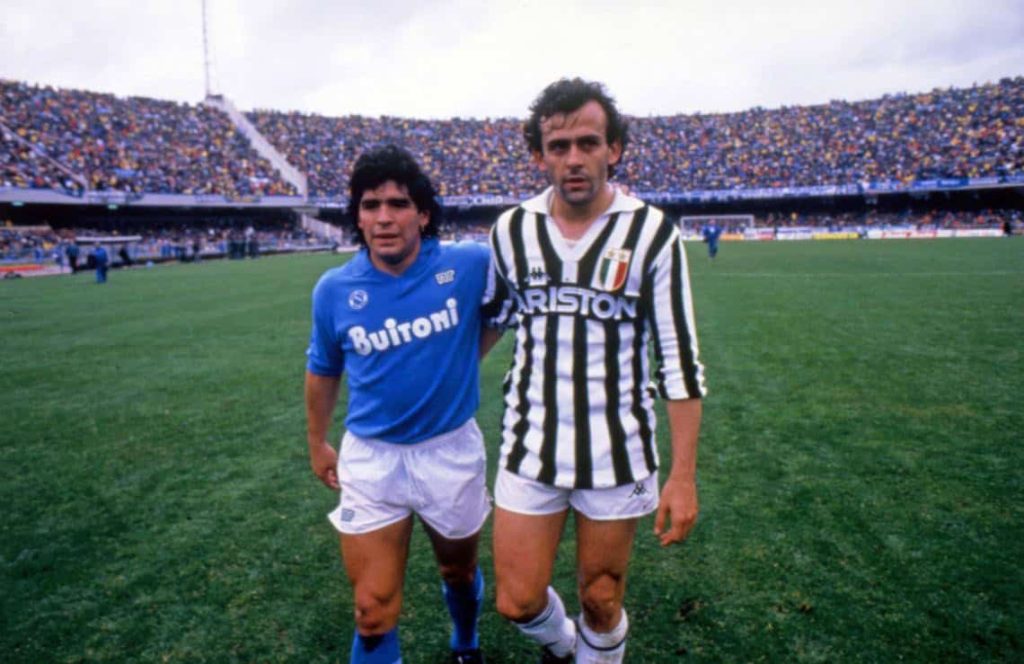
Modern soccer fans largely forget Michel Platini’s brilliance, but older fans will know how talented the Frenchman was.
He was among the best goal scorers in Europe during his playing days in addition to being an insightful and creative playmaker.
He made up for his lack of physical attributes with excellent vision and ball control to maintain possession and set up his teammates for success.
Where Platini truly excelled during his career was creating attacking opportunities for himself and others around the goal.
He often played quick passes with teammates to set him up in better positions or to free up his strikers for better looks at goal.
Platini is a great lesson in how to set a team up for a successful attack by using vision and football insight.
FAQ’s
Can a midfielder play as a winger?
A midfielder could play as a winger if needed. There are more defensive responsibilities as a midfielder than as a winger, but attack-minded midfielders could have plenty of success on the wing.
Do midfielders need to be good at dribbling?
Dribbling is an underrated skill in soccer, especially in an age where accurate passing and attacking is more prioritized.
However, midfielders need to be skilled dribblers as well because the middle of the field is where most of the game is played.
With so many players converging in the middle third, you need to be able to move around defenders with the ball – or at the very least protect the ball from the defenders while waiting for teammates to move.
Do midfielders have to defend?
Midfielders are the first line of defense most attacks will face because, most of the time, the ball is turned over in the middle or attacking third.
It is impossible to rely solely on the back line to adequately defend against modern attacking formations, so midfielders need to be able to track back and defend.
Final Thoughts
As you can see, there are many different approaches to how to play midfield in soccer. Yet regardless of the soccer midfield tactics employed, the role of a midfielder in soccer is still the most important position in the sport.
Hopefully, this article gave you all the soccer midfield tips you need to be successful on the field next time you go out there.

